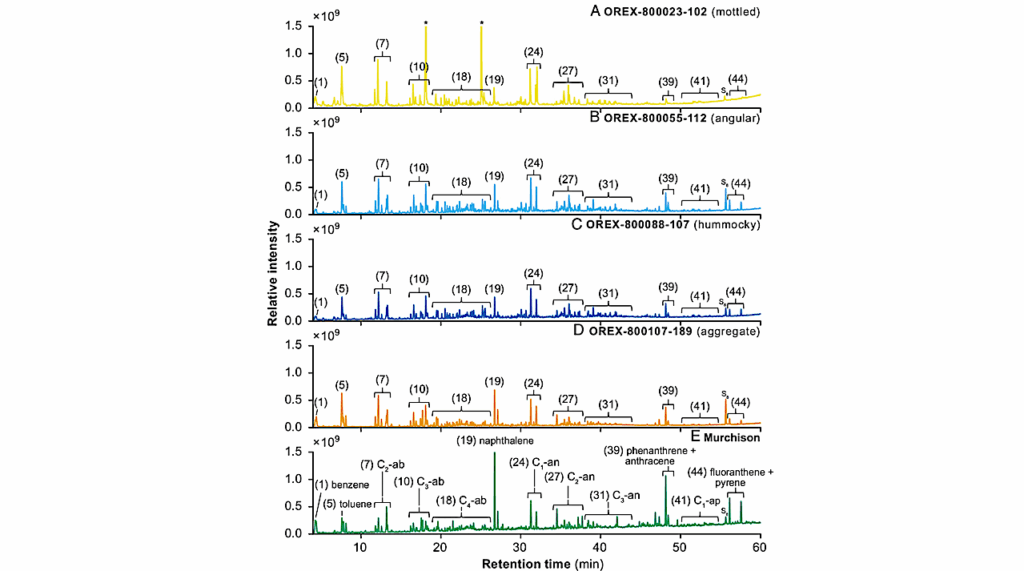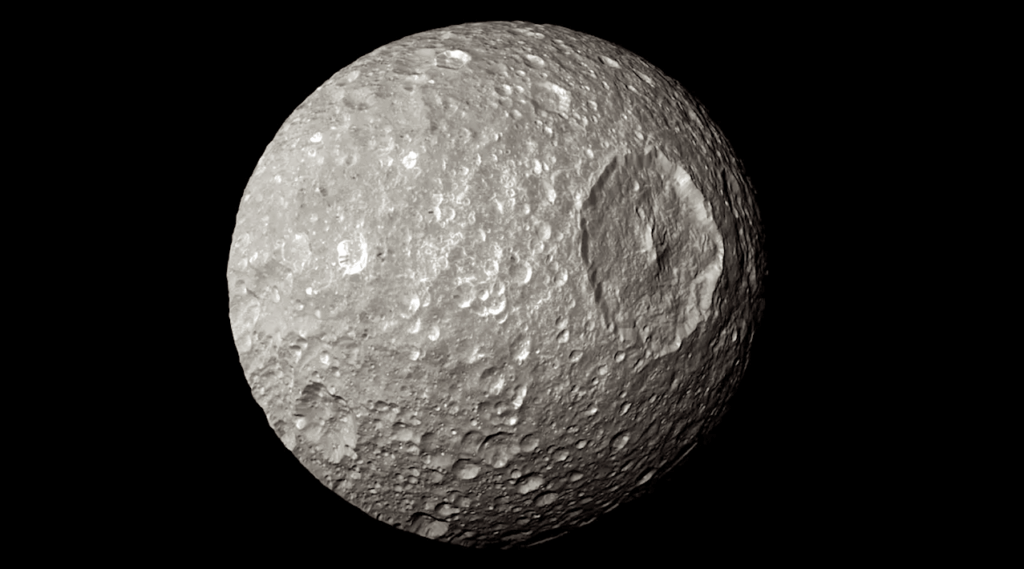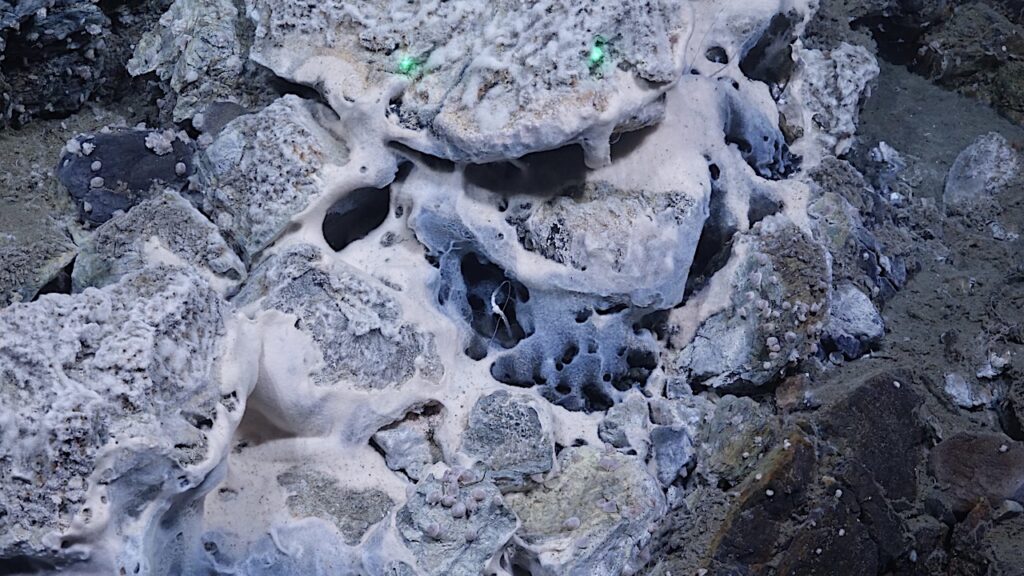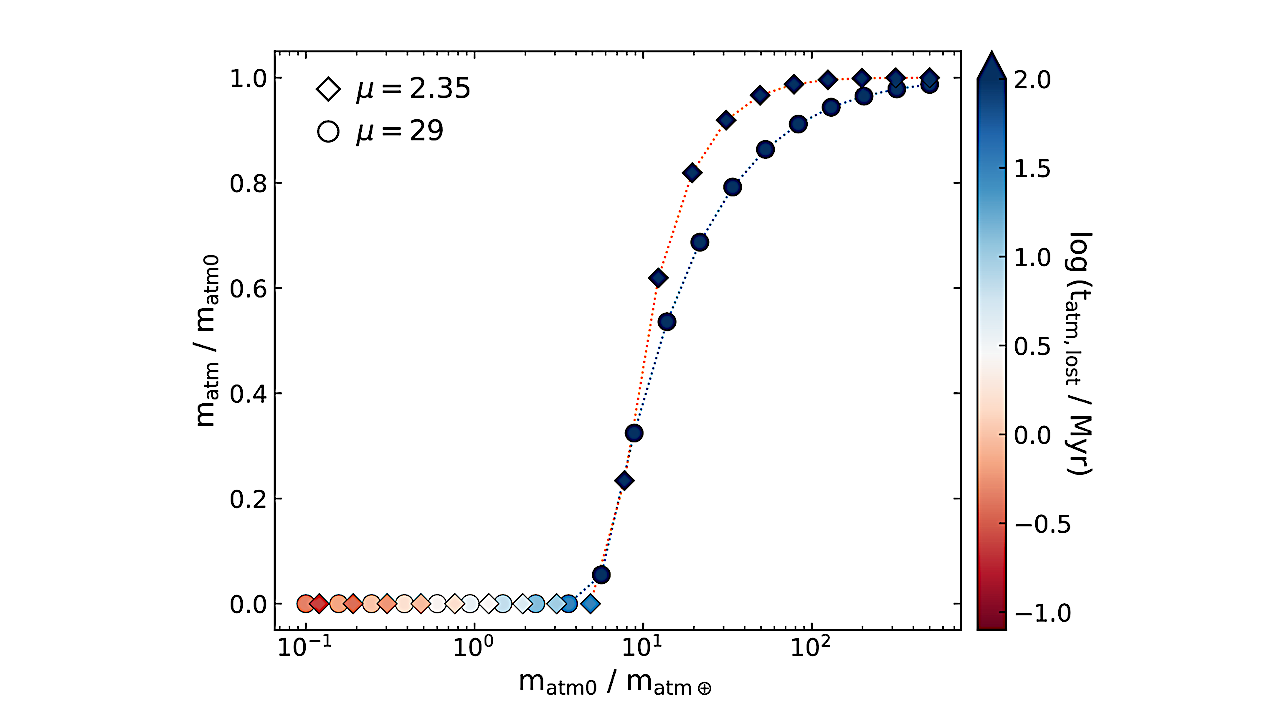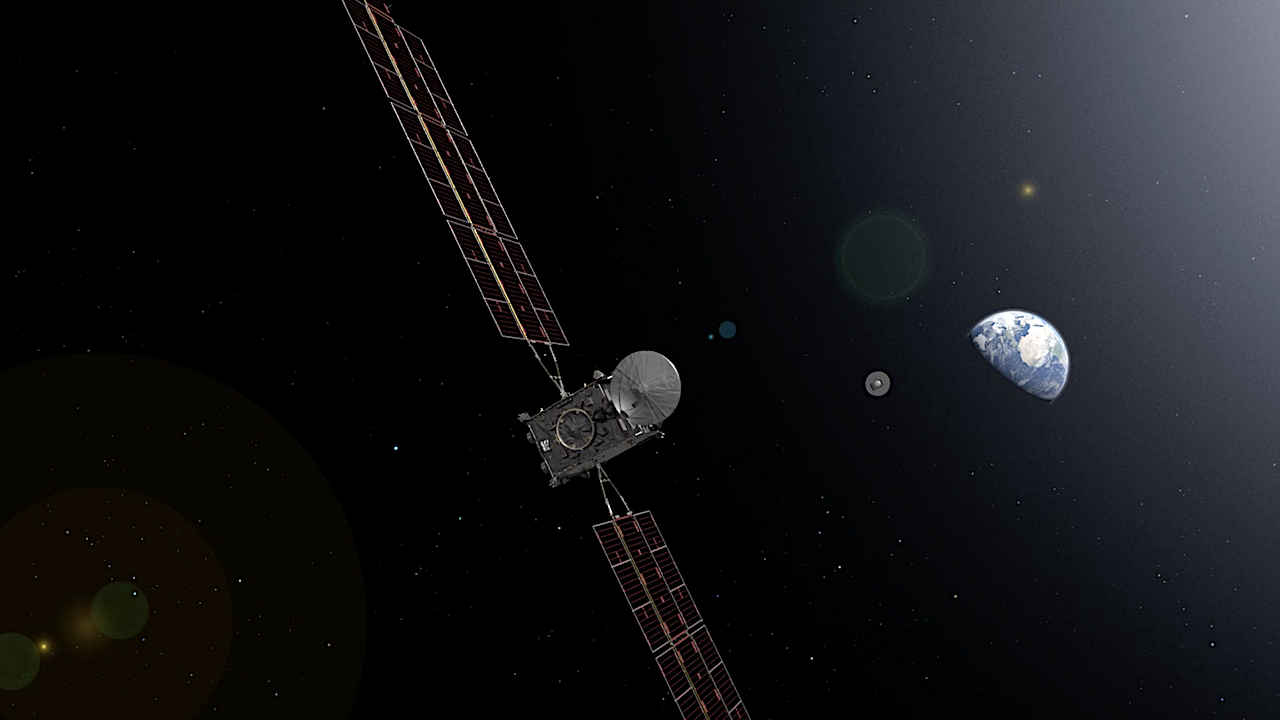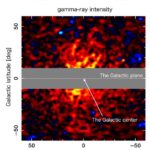Now Reading: Secular Resonances in Planet-Hosting Binary Stars. II. Application to Terrestrial Planet Formation
-
01
Secular Resonances in Planet-Hosting Binary Stars. II. Application to Terrestrial Planet Formation
Secular Resonances in Planet-Hosting Binary Stars. II. Application to Terrestrial Planet Formation
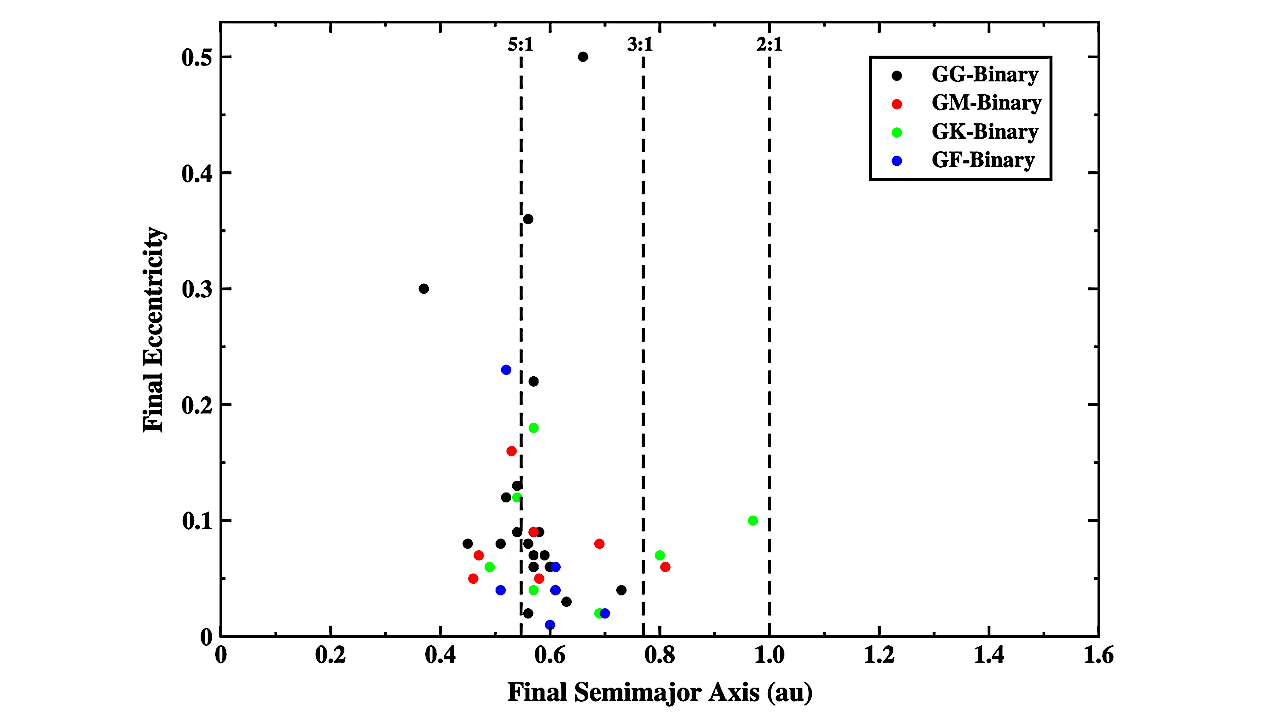

Graph of the semimajor axis and eccentricity of the final terrestrial planets in the simulations of Table 1. Note that the majority of the planets formed or reached their final orbits in the range of 0.45 – 0.65 au. — astro-ph.EP
Continuing our study of the effects of secular resonances on the formation of terrestrial planets in moderately close binary stars, we present here the results of an extensive numerical simulations of the formation of these objects.
Considering a binary with two giant planets and a protoplanetary disk around its primary star, we have simulated the late stage of terrestrial planet formation for different types of the secondary, and different orbital elements of the binary and giant planets. Results demonstrate that terrestrial planet formation can indeed proceed constructively in such systems; however, as predicted by the general theory, secular resonances are suppressed and do not contribute to the formation process.
Simulations show that it is in fact the mean-motion resonances of the inner giant planet that drive the dynamics of the protoplanetary disk and the mass and orbital architecture of the final bodies. Simulations also show that in the majority of the cases, the final systems contain only one terrestrial planet with a mass of 0.6-1.7 Earth masses. Multiple planets appear on rare occasions in the form of Earth-Mars analogs with the smaller planet in an exterior orbit.
When giant planets are in larger orbits, the number of these double-planet systems increases and their planets become more massive. Results also show that when the orbits of the giant planets carry inclinations, while secular resonances are still suppressed, mean-motion resonances are strongly enhanced, drastically reducing the efficacy of the formation process. We present the results of our simulations and discuss their implications.
Nader Haghighipour, Michael Andrews
Comments: 14 pages, 6 figures, 6 tables. Accepted for publication in ApJ. This is the second of a two-article series on secular resonances and their effects on planet formation in circumstellar planetary systems in moderately closed binary stars
Subjects: Earth and Planetary Astrophysics (astro-ph.EP)
Cite as: arXiv:2507.17098 [astro-ph.EP] (or arXiv:2507.17098v1 [astro-ph.EP] for this version)
https://doi.org/10.48550/arXiv.2507.17098
Focus to learn more
Journal reference: The Astrophysical Journal, 988:231, August 1, 2025
Related DOI:
https://doi.org/10.3847/1538-4357/ade2dd
Focus to learn more
Submission history
From: Nader Haghighipour
[v1] Wed, 23 Jul 2025 00:29:00 UTC (11,420 KB)
https://arxiv.org/abs/2507.17098
Astrobiology,
Stay Informed With the Latest & Most Important News
-
 012024 in Review: Highlights from NASA in Silicon Valley
012024 in Review: Highlights from NASA in Silicon Valley -
 02Panasonic Leica Summilux DG 15mm f/1.7 ASPH review
02Panasonic Leica Summilux DG 15mm f/1.7 ASPH review -
 03How New NASA, India Earth Satellite NISAR Will See Earth
03How New NASA, India Earth Satellite NISAR Will See Earth -
 04And Thus Begins A New Year For Life On Earth
04And Thus Begins A New Year For Life On Earth -
 05Astronomy Activation Ambassadors: A New Era
05Astronomy Activation Ambassadors: A New Era -
06SpaceX launch surge helps set new global launch record in 2024
-
 07Space Force plans new ‘Futures Command’ amid pressure to speed up modernization
07Space Force plans new ‘Futures Command’ amid pressure to speed up modernization













